Log In
Remember meForgot password?
Forgot Password?
Party Down
To say I'm excited about the return of Party Down is an understatement. I love this show and I've been grieving its loss for ten years. The recent news that it's coming back for six new episodes—featuring almost all of the original cast—had me dancing with the Starz like Constance Carmel.
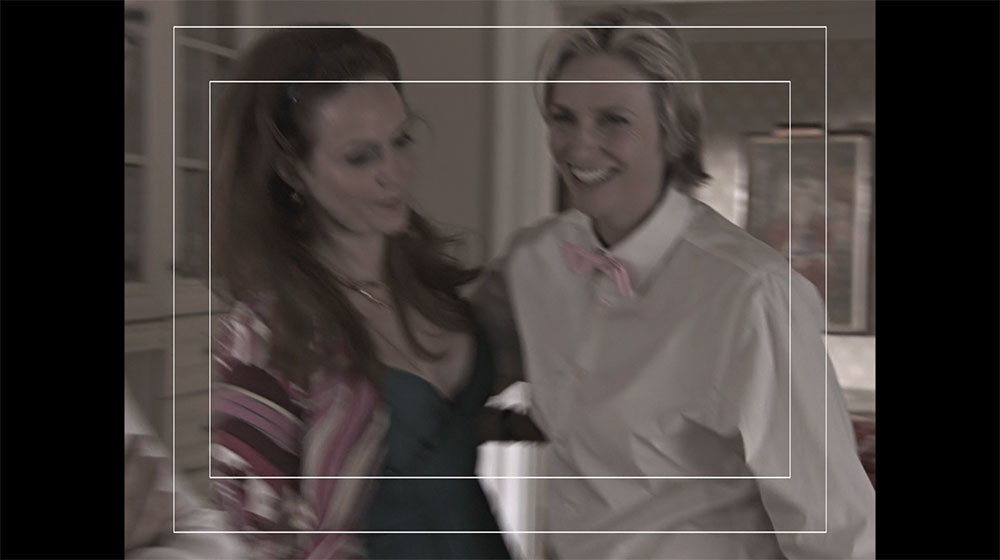
Party Down ran for two seasons beginning in 2009. It was a show that Starz didn't really know what to do with at the time, as the network was struggling to figure out its own niche. I remember show creator Rob Thomas telling the story about Starz doing market research to figure out who their audience was, and what they learned was that Starz viewers were mostly people who had so much money that they didn't know they subscribed to Starz. On the plus side, the network was pretty hands off with the show. The only notes they ever gave were basically "more nudity, please."
Put your clothes on, Gordon. No one wants to see your penis. No one.
The concept behind Party Down was to follow a group of employees at a catering company, most of whom worked there as a side gig while pursuing Hollywood success—with often dismal results. Each episode took place at a different catered event, which gave a great showcase for guest stars, many of them recognizable from the Veronica Mars stable of actors (plus a few ringers like George Takei and a pre-scandal Stormy Daniels).
The ensemble cast centered around Adam Scott's Henry Pollard, whose acting career had peaked years earlier with a series of beer commercials. Ron Donald (Ken Marino) was the hapless team leader. Casey Klein (Lizzy Caplan) was an aspiring comedian (and love interest to Henry) who couldn't catch a break. Martin Starr played Roman, a wannabe writer with a superiority complex and a series of mediocre scripts. Ryan Hansen was Kyle Bradway, a good-looking but not so bright actor. And Jane Lynch rounded things out as Constance, a free-spirited '70s starlet oblivious to the reality that she had aged out of that game.
So you're like in the overall handsome business.
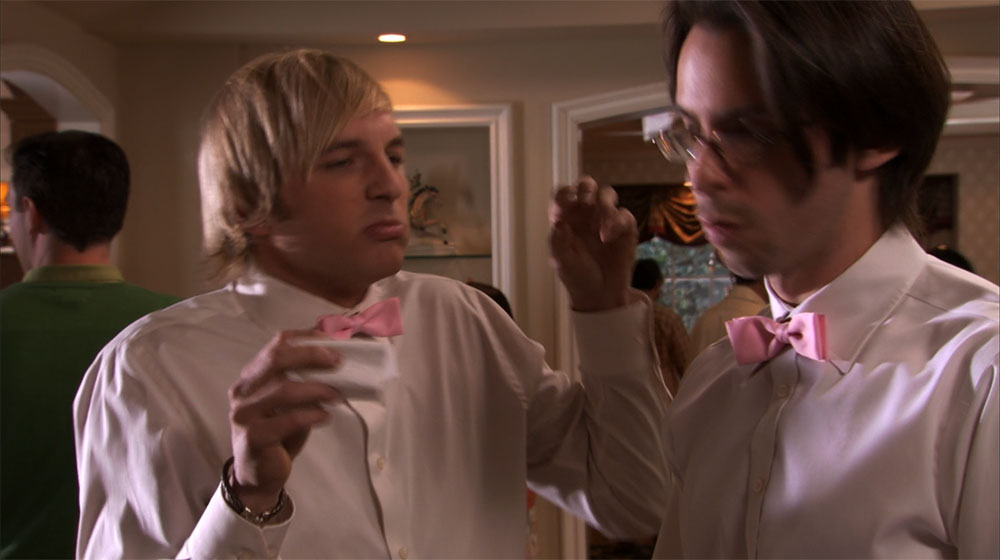
The cancellation was no great loss to anybody's career. Adam Scott went off to do a little thing called Parks and Rec. Jane Lynch had already left for Glee (and was replaced in season two by the wonderful Megan Mullaly). Martin Starr landed in Silicon Valley. Ryan Hansen got to still be BFFs with Kristen Bell. And Lizzy Caplan ... well, she's so busy that she's the only one who couldn't work the revived Party Down into her schedule.
That one hurts.Party Down's debut was contemporaneous with the debut of Community, and off the top of my head the only crossover I can think of between the two shows was Ken Jeong. So I doubt the writers at the time—which include People's now-sexiest man Paul Rudd—were paying much attention to Dan Harmon's ideas about story structure. But in the story circle above I've gone ahead and applied Harmon's eight steps just to see how well they fit with Henry Pollard's arc in the debut episode—and they fit pretty well!
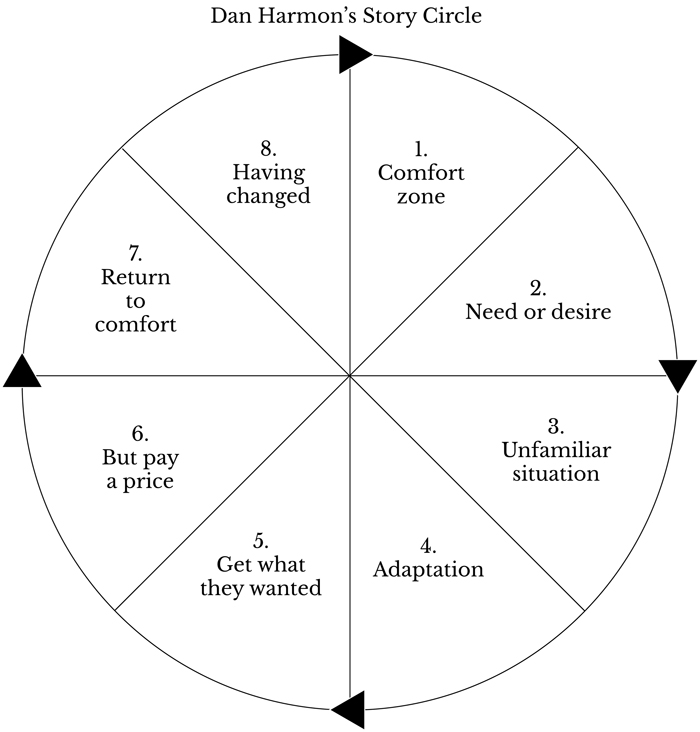
- WHEN YOU ... / a character is in a zone of comfort
- HAVE A NEED ... / but they want something
- YOU GO SOMEWHERE ... / they enter an unfamiliar situation
- SEARCH FOR IT ... / adapt
- FIND IT ... / get what they wanted
- TAKE IT ... / pay a heavy price for it
- THEN RETURN ... / then return to their familiar situation
- AND CHANGE THINGS / having changed
Those eight steps are a modification and simplification of Joseph Campbell's monomyth, which as a writer is okay by me. I find Campbell's stuff interesting as an analysis of historical myths, but a bit of a straightjacket when used as a rigid structure for developing new stories. That's just my personal take, though, and whatever works for you is what works for you.
Anyway, I tend to view things more in terms of three-act structure. But I also usually focus on features, so I figured for this site's first look at half-hour television I'd give Harmon a try. So here we are.
We're party professionals. We make the fun. Do it.
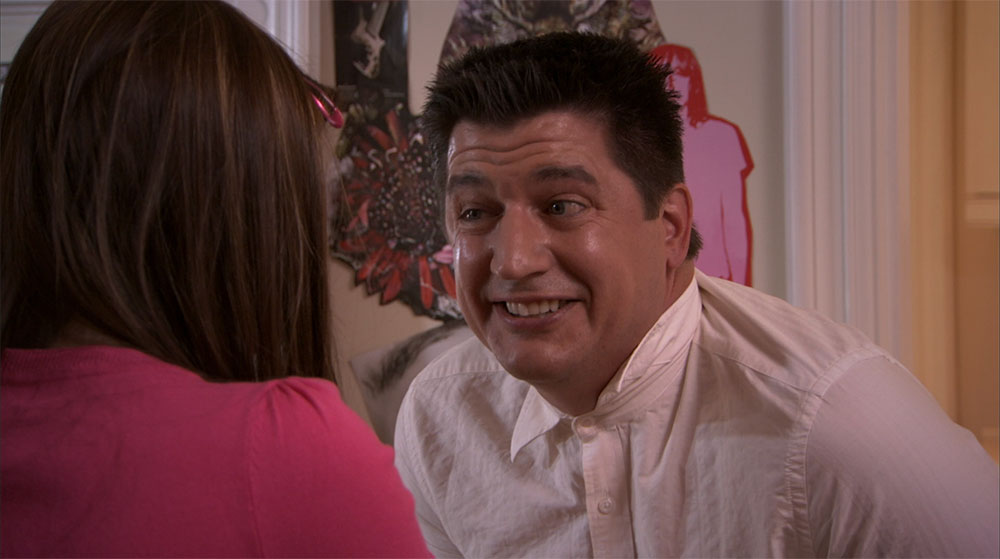
The story circle above focuses on Henry's arc, but you can take any character from Party Down and see how they fit with Harmon's eight steps. Let's take a look at Ron, for example.
- YOU—Ron is in his comfort zone as a team leader at Party Down.
- NEED—Ron wants to run a Souper Crackers franchise, so he must prove himself worthy by being a good boss.
- GO—The party starts, pitting Ron against his insubordinate team and his own inadequacies.
- SEARCH—Ron is oblivious as he delivers the line "I'll have one of their Mexicans take it out in the morning."
- FIND—All seems to be going well with the party until Ron is stabbed by a child and spills cocktail mix on his shirt.
- TAKE—Ron threatens Monica to keep control of the situation, then embarrasses himself and insults the party guests with his line about the "two jiggers."
- RETURN—Ron is not seen during this segment, but we later learn that off screen he fired Casey to reassert his authority (then hired her back when she threatened to sue, putting everything back as it was).
- CHANGE—Ron hands out meager tips at the end of the night, understanding now that he made a mistake when he skipped the "guaranteed twenty" and that Roman was right when he said "We always lose."
I mean, Harmon's eight-step system really does make it look easy. And that's what it was designed for: a quick and simple method of hammering out plot and characterization.
That's only part of the battle, though. What really makes Party Down stand out is incredibly sharp dialogue, lines that make you laugh out loud even after countless repeat viewings, and a top-notch cast. It's impossible for me to pick a favorite episode of this show. It's usually whichever one I'm watching.
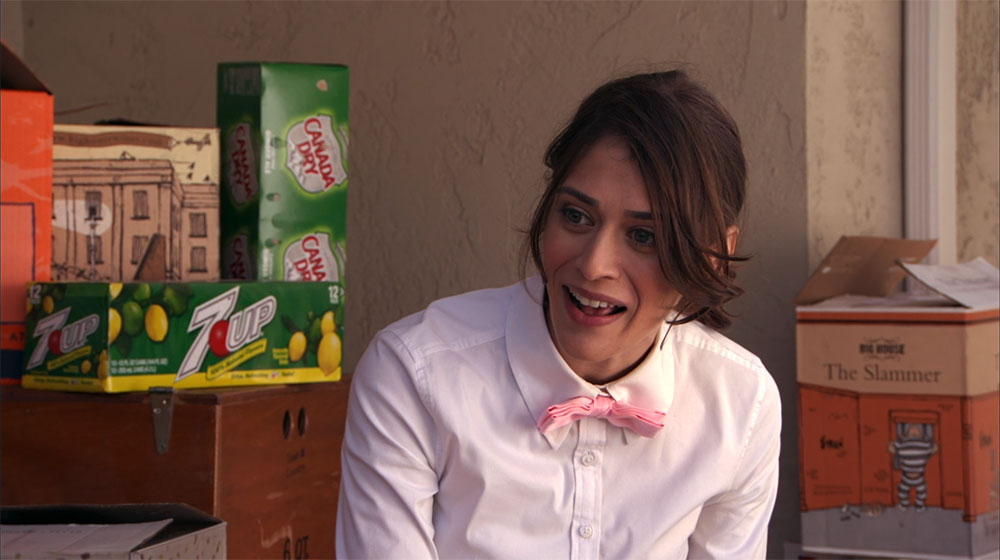
Casey
New guy. I totally forgot your name.
Henry
That's funny because people usually remember it.
Casey
Why is that?
Henry
It's Scrotum Phillips.
Casey
Ha.
Henry
Henry.
Casey
Right. And you're not even the new guy because you worked with Ron.
Henry
Eight years ago. Yes. Thank you for reminding me.
Casey
So do you act?
Henry
Do I look familiar?
Casey
You do. And you smoke Parliaments.
Henry
I dabbled. Are you ...
Casey
A professional waiter? I'm not. No. I'm a comedian. I figured that my natural hilariousness would have tipped you off by now.
Now it clicks for her.
Casey
Wait a minute. Were you that guy?
Henry
Yes I was.
Casey
You were. You were totally that guy. That is bananas. I remember that.
Henry
Yeah.
Casey
I remember you.
Henry
Yeah.
Casey
What are you doing working here?
Henry
Well do you remember me from anything else?
She does not.
You can see it all in Lizzy Caplan's face: the recognition of Henry's downfall and the realization that they're all walking a tightrope here with their aspirations to commit art of one kind or another. This isn't one of the funnier scenes in a show that's loaded with them, but it's got something else—something that Steve Gutenberg calls for in a later episode, and that is certainly another thread running through the fabric of Party Down: heart.
God never closes a door without opening a window.
I do love this show, and I'm so glad it's coming back. I worry and wonder about how they're going to pull it off—not just without Casey, but the whole idea of this crew still working the job ten years later. I mean, this show was always about finding the comedy in stepping on people's dreams, but if they're all still at it ten years later without having had any success, that could get pretty sad pretty quick.
Or why don't we bet on ourselves? Bet on success.
Having said that, I do have one idea to pitch. If we absolutely can't have Casey, I'd be happy with the next best thing: Uda Bengt. Let's say Henry was successful in that cliffhanger audition at the end of season two and now he's a working actor. He's also gotten back together with Uda after realizing she was the right one for him after all. And now he comes back to Party Down as a temporary favor to Uda.
That works, right?
She's not doing anything else, is she?
Welcome back, Henry.
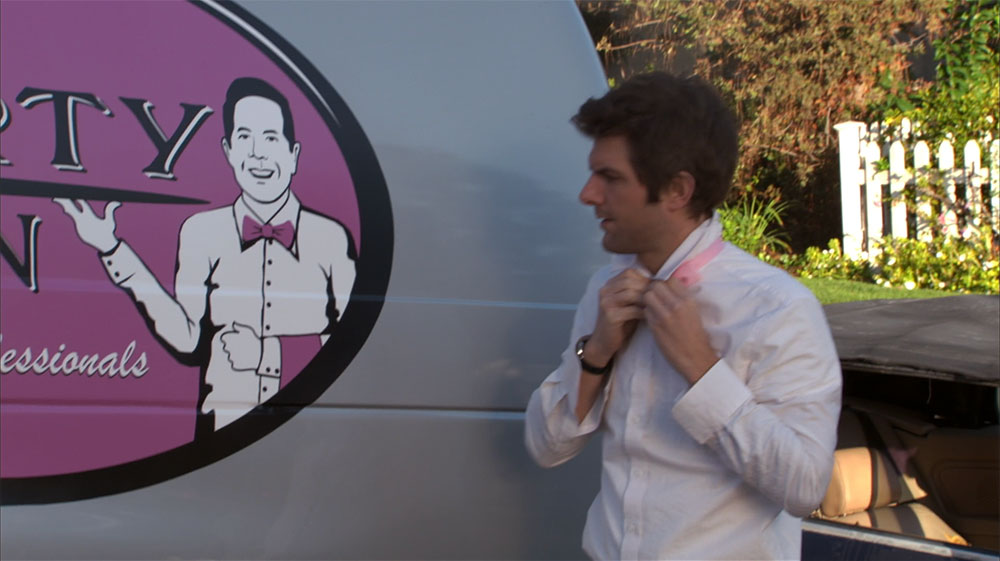
Double Feature Suggestions
- Come on, this is just the first episode. Binge the rest and then watch season two.
Screenplay Link
Are we having fun yet?
Comments
Join to Comment
or
People care what I think. I have a prestigious blog, sir.

My Books
Recent Posts
- Before Sunrise
- Pulp Fiction
- Moonrise Kingdom
- Party Down
- Eternal Sunshine of the Spotless Mind
- The Limey
- La La Land
- The Apartment
- Kiss Kiss Bang Bang
- John Wick
- Election
- Casablanca
Story Circle Notebooks
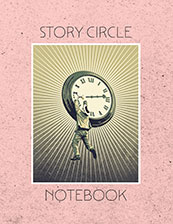
| 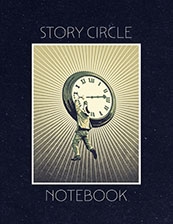
|
These notebooks contain story circle templates and blank dot-grid pages that are great for breaking down your own creations or analyzing the structure of existing films and stories. Purchase from Amazon:
Help Me Choose
What movie should I write about next? I have a few ideas, but I‘m open to suggestions:
CatsChildren Of Men
Donnie Darko
Four Weddings and a Funeral
Good Will Hunting
Grosse Point Blank
Hell or High Water
Jo Jo Rabbit
La Dolce Vita
La Notte
Logan
Miller's Crossing
Moonlight (2016)
Never Let Me Go
Pan's Labyrinth
Punch Drunk Love
Rambo
Star Wars
The Big Lebowski
The Nice Guys
The Raid 2
or something else
Vote Results for Upcoming Posts
Thank you for your suggestion! Be sure to sign up below to be notified when new story circles are posted to the site!
Pan's Labyrinth (14%)
Donnie Darko (11%)
Star Wars (11%)
Jo Jo Rabbit (9%)
The Big Lebowski (7%)
Punch Drunk Love (7%)
Children Of Men (6%)
Good Will Hunting (6%)
Hell or High Water (5%)
Grosse Point Blank (5%)
Other
Thanks again! And hey, if you’d like to write one of these articles, hit me up.
Write for Story24
If you’re interested in contributing to this site, I would love to hear from you. Learn more here:
Other Business
Some of the links on this site are affiliate links. I earn a small commission when purchases are made after these links are clicked.
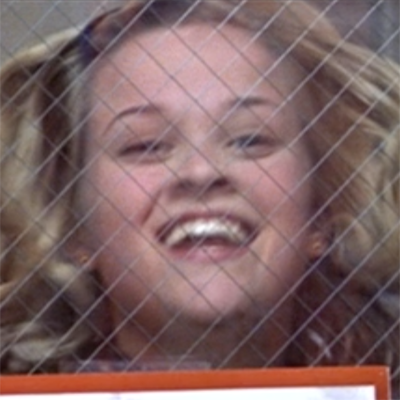
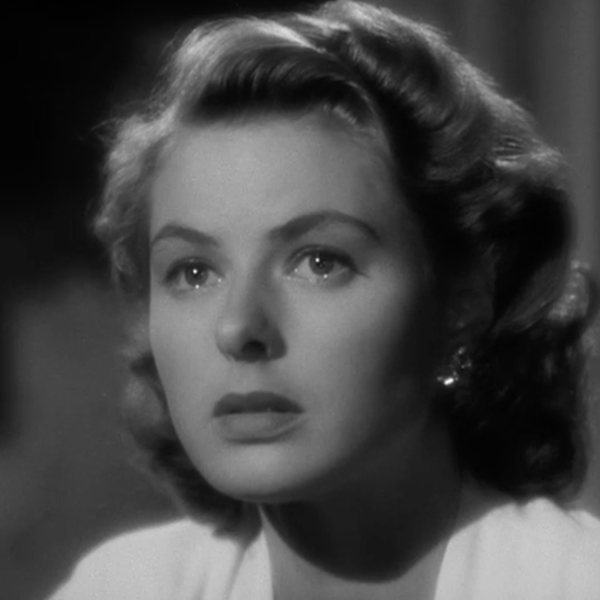
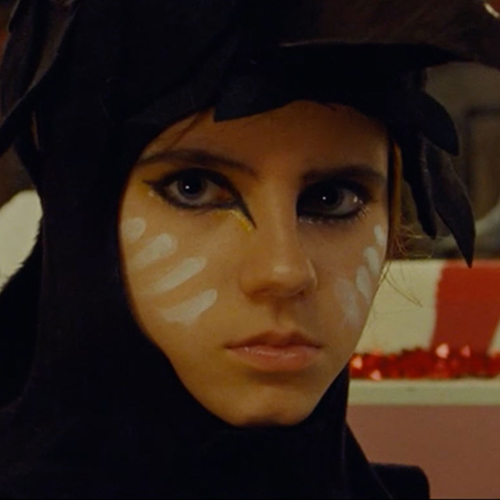
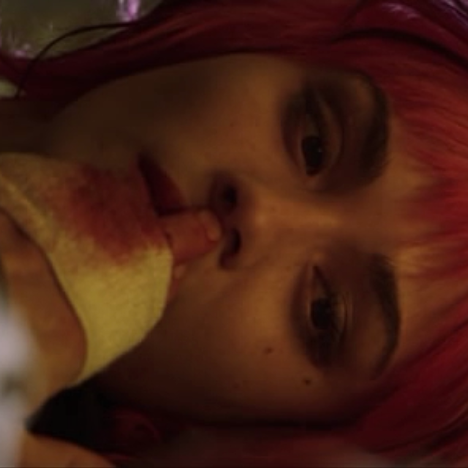
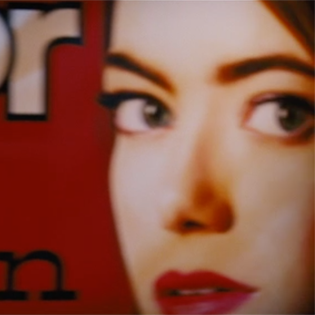
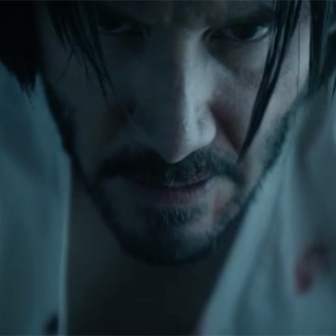
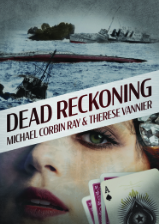
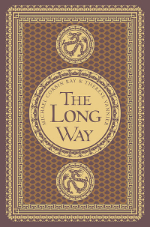
No comments yet.